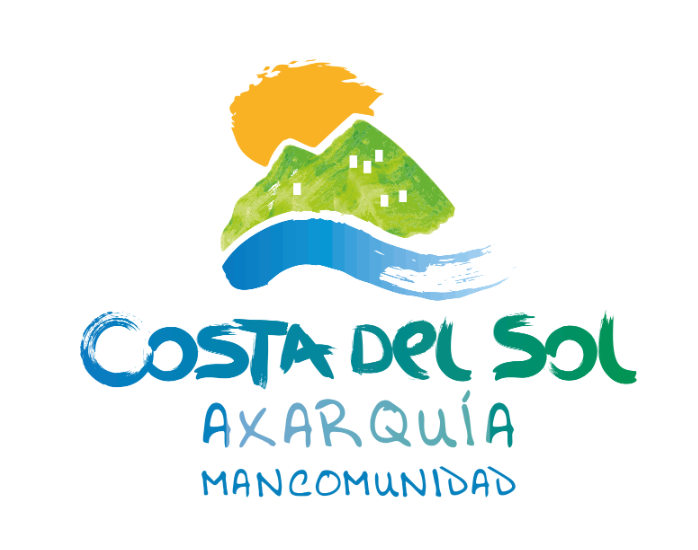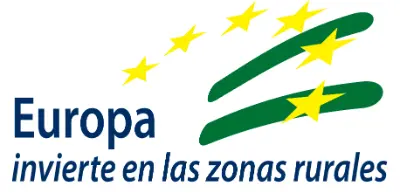The flow of thick water (Río Gordo), which was born in a spring in the area, so called because of the minerals it contained, may have been the cause of the first Neolithic settlements in the area. From this period are the remains found in the Tajo de Gomer, and from the Bronze Age in the Cerro de la Capellanía. There are also traces of Phoenician colonisation and remains of Roman domination in the Mosaics of the Villa de Auta, which date from the 3rd century. Remains from the Mousterian period have also been found in the well-known Cerro de Alcolea.

